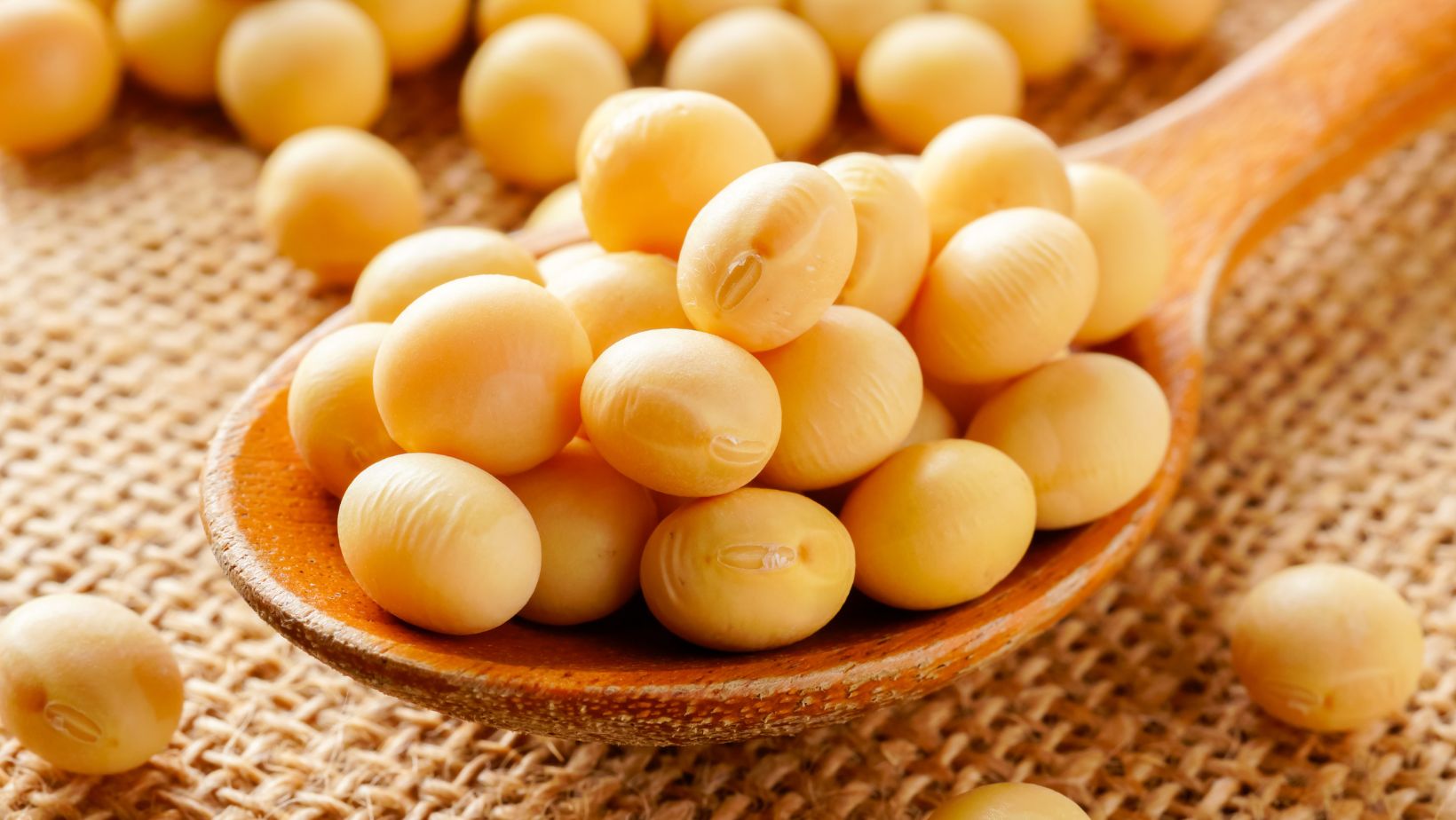Soybean GMO and NON-GMO
Soybeans are a crucial crop in the global agriculture industry, serving as a major source of protein and oil. They come in two main varieties: GMO (Genetically Modified Organism) and non-GMO. Each type has distinct characteristics and implications for farming, environmental impact, and consumer health.
GMO soybeans have been genetically engineered to enhance certain traits, such as resistance to pests and herbicides, improved nutritional content, and increased yield. The most common modification is resistance to glyphosate, a widely-used herbicide. This allows farmers to control weeds more effectively without damaging the crop. GMO soybeans are designed to be more resilient against environmental stresses, reducing the need for chemical inputs like pesticides and fertilizers. This can result in higher productivity and lower production costs. However, GMO crops have sparked significant debate. Critics argue that they may pose risks to human health and the environment, including potential allergenicity, loss of biodiversity, and the development of herbicide-resistant weeds.
Non-GMO soybeans, on the other hand, are cultivated using traditional breeding methods without genetic engineering. They are often preferred by consumers who are concerned about the potential health and environmental impacts of GMOs. Non-GMO soybeans are also favored by organic farmers and producers who adhere to strict organic farming standards. These soybeans typically command a higher market price due to their perceived natural qualities and consumer demand for non-GMO and organic products.
The market for non-GMO soybeans has grown significantly, driven by consumer preference for natural and organic foods. This trend reflects a broader movement towards transparency in food production and labeling, with many consumers seeking assurance that their food is free from genetic modification. Both GMO and non-GMO soybeans play vital roles in global agriculture, each with their own benefits and challenges. The choice between them depends on various factors, including farming practices, market demands, and consumer preferences.
Product Type Soybean GMO Fit for Human Consumption
GMO/no: GMO
Humidity 13.5% maximum
Maximum divisions 20%
Shells No shells
Min. protein 35%
Color max. 2%
Oil content 18.5% base, 18.0% minimum
Shells No shells
Test Weight 54 Pounds/Minimum
Total damaged grains 3% Max
Foreign Matter 2% Max • Heat damaged 0.5% max.
Normal Radiation
Mix 0.50%
Full rate grains 98%
Aflatoxin PPB max:5
Grains damaged by heat 0,50 % maximum
Notes No rock, gravel, sand, large pieces of wood or any particle that is harmful to human consumption
Product Type Soybean NON GMO Fit for Human Consumption
Particle size: 80-120 meshes
Type: fit for human consumption
GMO or non-GMO: 100% non-GMO
Insect and mould free
Style: drying
Drying process: AD
Shelf life: 2 years
Size: 6-9mm UP
Color: yellow
Protein: 40% min
Foreign matters: 2% max
Splits: 20% max
Heat damage: 0.5% max
Total damage: 3% max
Oil: 21,3% base, 18,50% min
Fumigation: included
Grease: max. 2.5%
Moisture: 12.5% max
Fiber: max. 4,5%
Urea activity: 0.02 to 0.20 MGNG min at 30 degrees by EEC methods
Reciprocal subsidies: 1:1
KOH: min.78%
Aflatoxin: Max 0,5 PPB
Sand/silica: max.1,5%
Arsenic compound: min. 1 ppm
Mercuric compound: not found, zero
Phosphorus: maximum 0.05 PPM
Cyanide: maximum 5 PPM
Malathion: maximum 3 PPM parts per million
Ethylene Dibromide EDB: less than 10 PPB

